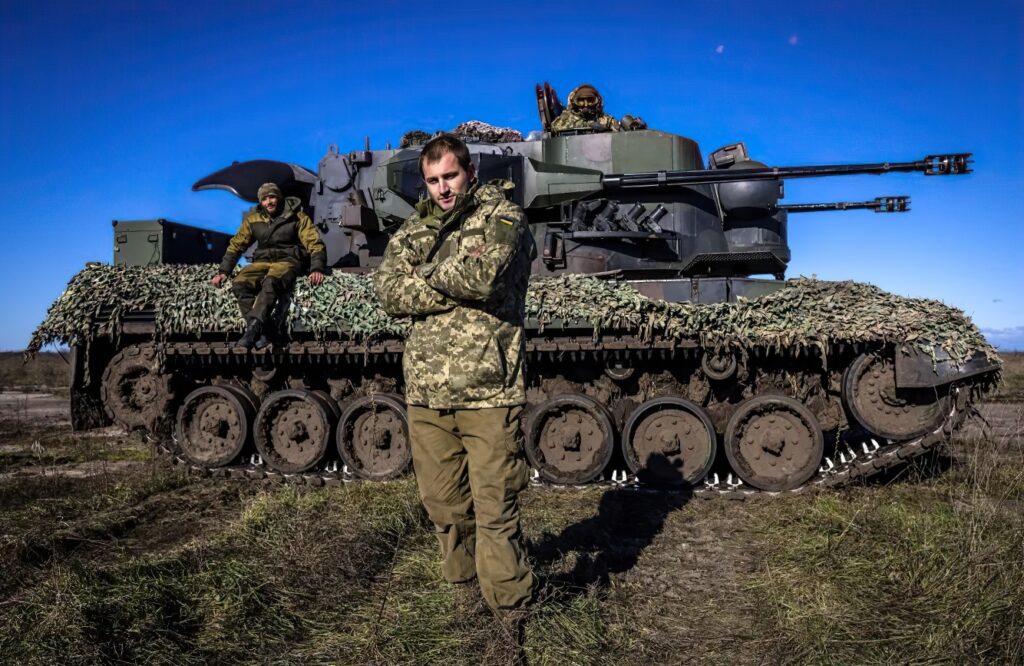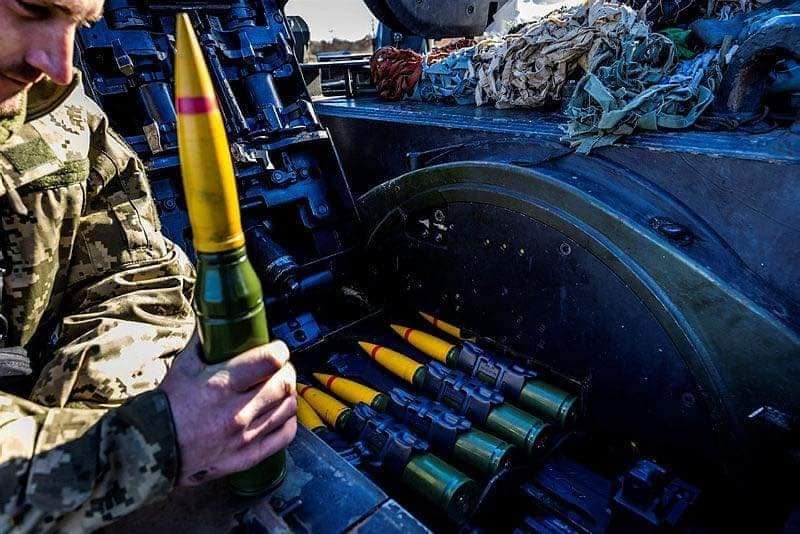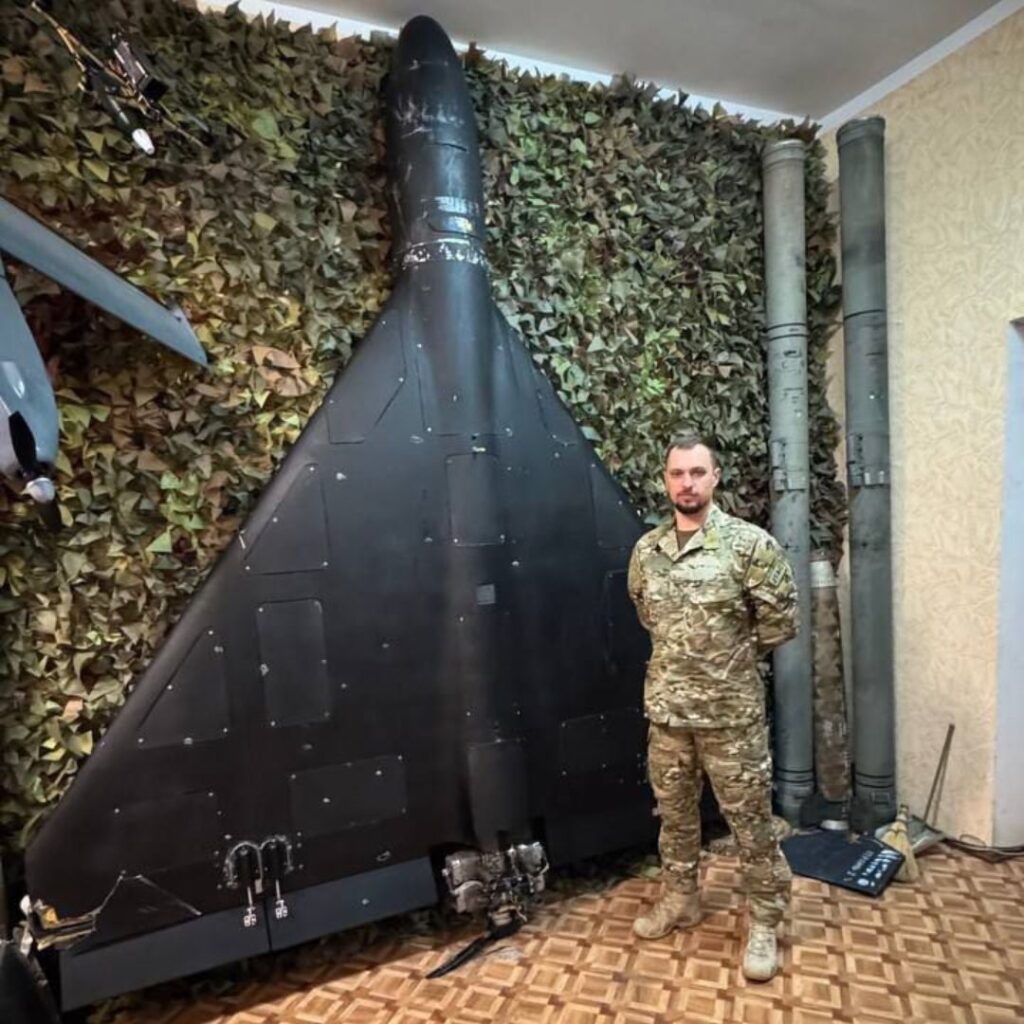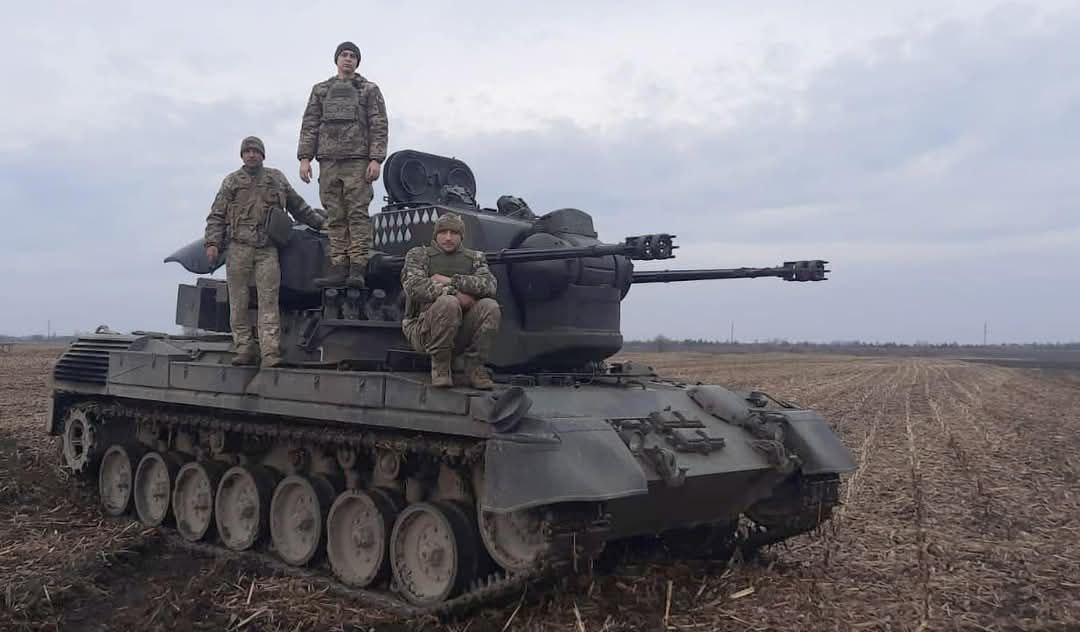Ukraine just solved the hardest math problem in modern air defense – with a 1970s German gun

An anti-aircraft vehicle from the Cold War is enjoying a dramatic second career in Ukraine—as a top killer of Russia’s Shaheds.
As the barrages of Shahed drones get bigger, more frequent and more destructive in Ukraine, it’s becoming clear which Ukrainian-operated weapons work best against the 200-kg drones, each hauling a 90-kg warhead thousands of km under satellite guidance.
German-made Gepard self-propelled anti-aircraft guns, or SPAAGs—each armed with a pair of radar-cued 35-mm Oerlikon autocannons—are some of the most efficient defenses against the Shaheds. “Automated 35-mm gun systems produce dense projectile clouds,” pointed out a Ukrainian air-defense developer who goes by their nom de guerre “Alchemist.”
Ukraine’s scores of Gepards, along with a much smaller number of more modern Skynex guns, “provide critical mid-range defense” against the devastating Shahed raids, swatting down the drones from a few kilometers away. “A German Gepard with twin 35-mm Oerlikon cannons once shot down multiple drones with a single burst,” Alchemist recalled.

Russia’s Shahed attack drones are relentlessly striking Ukrainian cities. Defeating the normally propeller-driven drones is “the highest priority” in Kyiv, according to Taras Tymochko, a representative of the Come Back Alive foundation.
Since launching the first Shahed at Ukraine nearly three years ago, Russia has launched tens of thousands of the explosive drones: around 29,000 in all so far, according to Ukrainian analysts. A single Shahed may cost between $50,000 and $150,000.
The pace of the drone attacks is increasing. The scale, too. An attack on July 4 involved 539 Shaheds and decoy Shaheds, according to the Ukrainian air force. The air force claimed it shot down 268 of the drones, while another 208 flew off course, likely owing to Ukrainian jamming systems, which can interfere with the radio signals connecting the drones to their navigation satellites.
Despite the defensive effort, 63 Shaheds struck, damaging buildings and killing and wounding civilians. Six days later on July 10, 397 Shaheds swarmed in. Twenty-nine got through that time. Two days after that on July 12, an incredible 597 Shaheds and decoys droned toward Ukraine. The Ukrainians shot down or misdirected 577 of them. Twenty hit.
Draining Ukrainian defenses
The low hit rate doesn’t worry Russian planners. “The Kremlin is willing to lose many Shaheds—about 75% of attacks fail—because mass waves are designed to exhaust air-defense systems,” Alchemist noted.
If Ukrainian forces engaged every Shahed with a surface-to-air missile, Ukraine’s entire stock of missiles could run out in weeks or months.

US missile-maker Lockheed Martin assembles around 600 multi-million-dollar Patriot missiles a year; Ukraine wages an intensive diplomatic campaign to ensure its six or seven Patriot batteries always have access to a few of the one-ton, 145-km-range missiles.
Smaller air-defense missiles are cheaper and more numerous, but not by much: The United Kingdom has loaned Ukraine $3.4 billion to buy 5,000 Lightweight Multimission Missiles, each weighing 13 kg and ranging 8 km. That’s more than half a million dollars per missile. A Shahed is far cheaper than even an LMM.
By contrast, Ukraine’s roughly 80 Gepards and nearly identical, ex-Jordanian Cheetah SPAAGs—all German-built but some sent by the United States—are cheap. The vehicles are decades-old, surplus to their original operators’ needs and simple and reliable by today’s standards.
<!– wp:html {“canvasClassName”:”cnvs-block-core-html-1745003537315″} –><center> <a href=”https://www.patreon.com/c/euromaidanpress” class=”custom-patreon-button” style=”display: inline-flex; align-items: center; justify-content: center; gap: 10px; padding: 15px 40px; font-family: ‘Inter’, sans-serif; font-size: 20px; font-weight: 600; color: white; text-decoration: none; background-color: #FF6B6B; border: none; border-radius: 8px; box-shadow: 0 4px 6px rgba(0, 0, 0, 0.1); transition: background-color 0.3s, transform 0.2s; cursor: pointer;”> <span style=”color: white;”>Become one of our 700+ patrons!</span> </a></center><!– /wp:html –>

The main cost of operating a Gepard is the cost of its 35-mm ammunition. After sending Ukraine all of its Cold War stocks of Gepard ammo in 2023, Germany paid munitions-maker Rheinmetall $181 million to restart production of the 1.5-kg and produce a fresh batch of 300,000. A handful of rounds is enough to down a drone.
A subsequent German contract paid for another 180,000 rounds that should arrive in Ukraine next year. Ukraine’s Gepards should have enough ammo to blast away every time Shaheds motor across the border.
For a Gepard crew, the cost of shooting down a Shahed might amount to a few thousand dollars. That, and the mobile gun’s accuracy, is why the Gepard is on the front line of Ukraine’s defensive campaign against the Shaheds.
